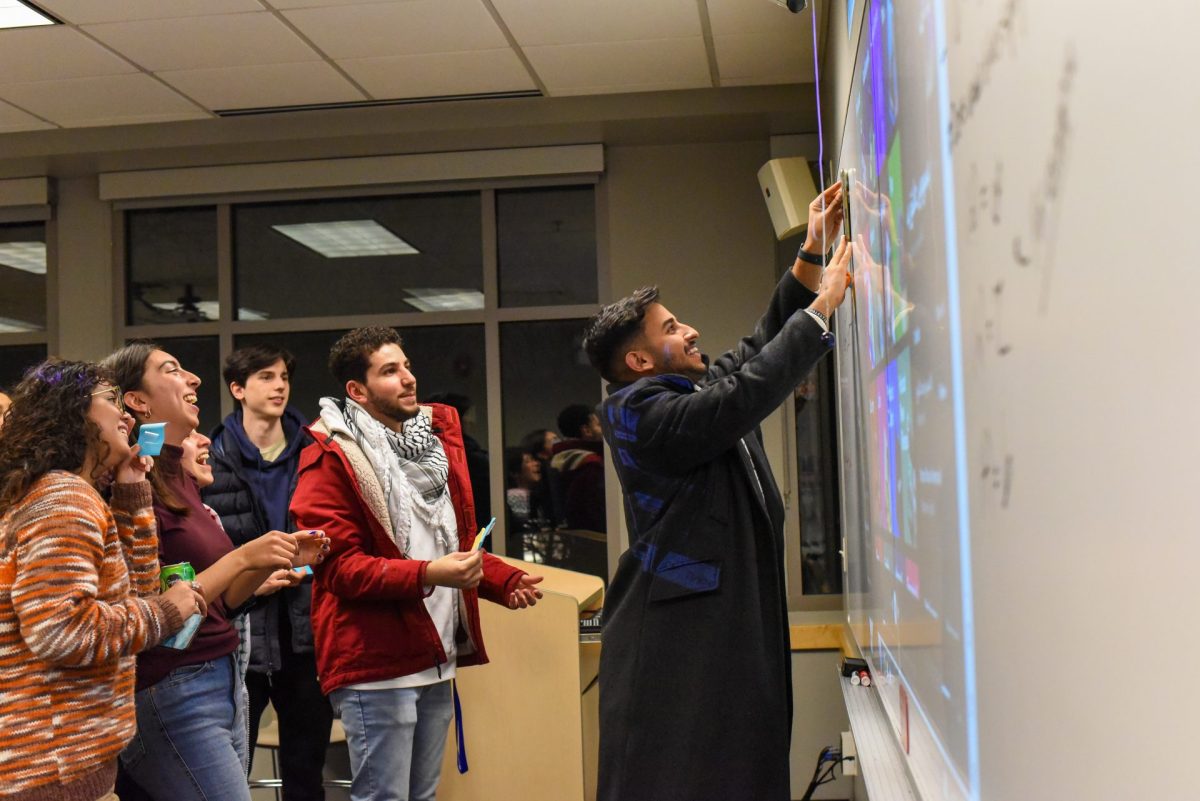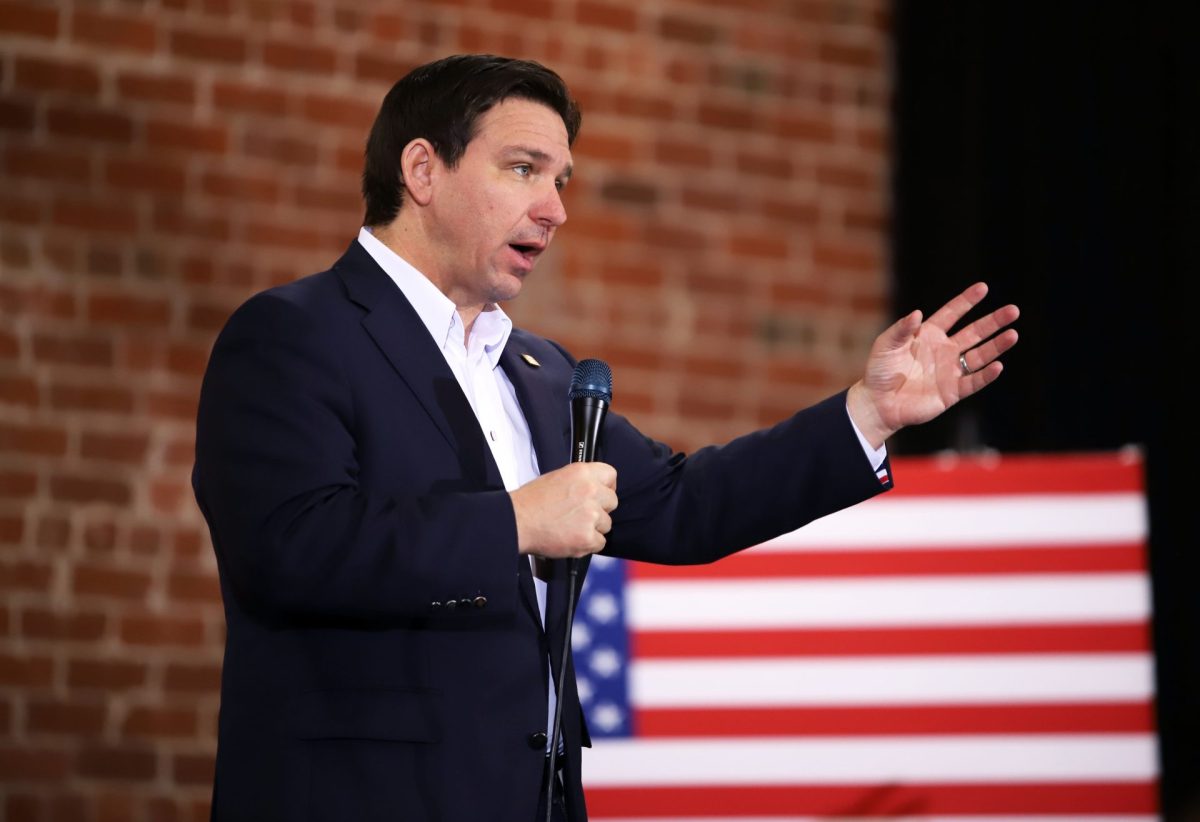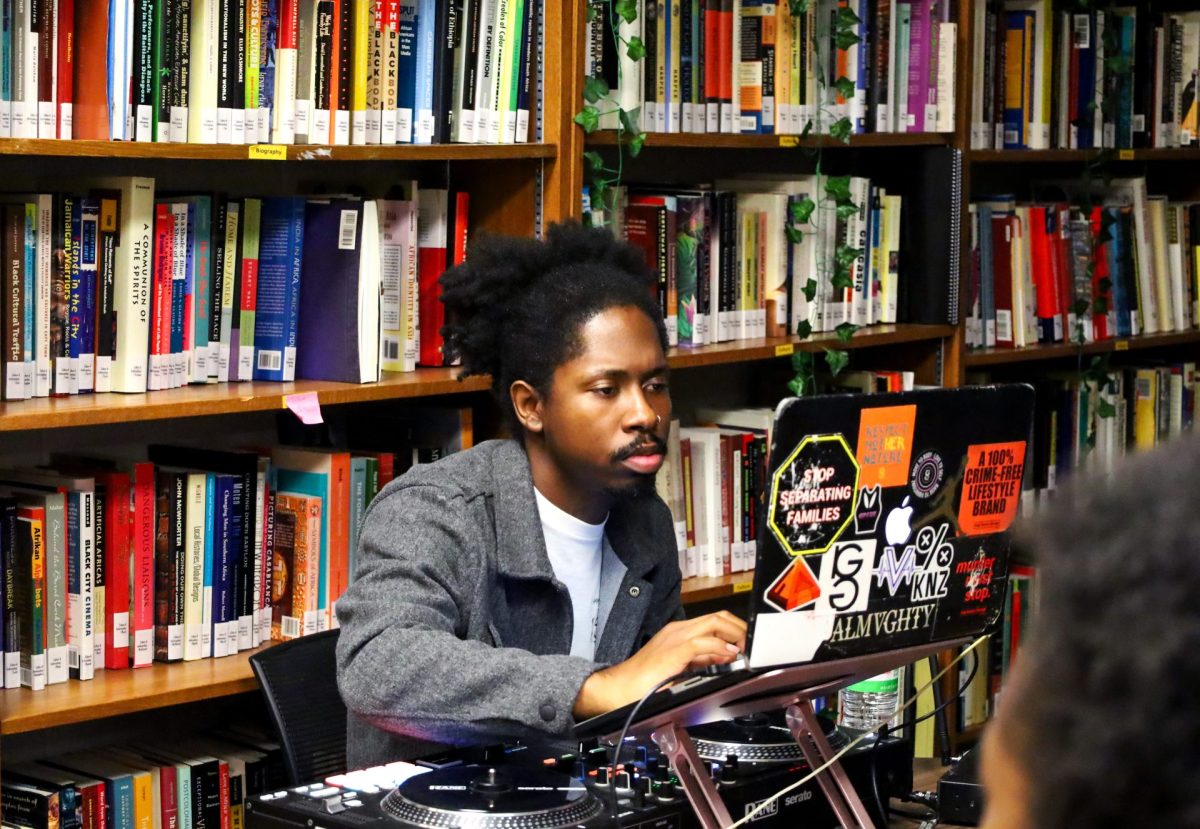Chicago is a Catholic bastion. From the old Polish basilicas that dot the Northwest Side to the myriad of South Side high schools named after various French saints and the startling number of Chicago politicians with ties to the archdiocese, it’s hard to not see the good vicar at work in the city. Harder still is to see those other ethno-religious groups that have taken root in its shadow.
One of those groups is Chicago’s resident Muslim community, which quietly celebrated the eight-day season of hajj and Eid al-Adha, the Feast of Sacrifice, in October. This holiday rivals Christmas in size and significance, but is often left out of mainstream attention.
Representing roughly 3 percent of the total population of Cook County, the Muslim presence in the city is often inconspicuous. It’s cloistered in a few enclaves scattered around the city, partially by choice. Many Muslims here are immigrants, or first- generation descendants of immigrants, and prefer to associate with familiar sights and sounds.
Others, however, see it as a matter of social necessity. Islam has unfortunately gained a reputation of violence and hostility during the past few years, and, as a result, many Muslims can tell stories involving some form of discrimination against them.
Joe Hosseini, a resident of Chicago Ridge, a southwest suburb on the edge of the city, had his window broken last year while he and his extended family celebrated Eid al-Fitr, the Islamic holiday that marks the end of Ramadan, the holy month of fasting. Hosseini’s neighborhood and the surrounding areas make up one of the lesser-known Muslim enclaves, in part because it is located in a historically working- class, white, Irish-Catholic part of town.
“Someone threw a brick and then drove away,” Hosseini said. “No one was hurt, thank God, but stuff like this happens here.”
His sentiment is echoed by many. Some blame government propaganda. Some blame the fact that Muslim identity is often tied up with ethnic and racial divides. Still others, like Mohammed Ahmed, the director of the Downtown Islamic Center in the Loop, point to the media.
“The news and the media … twist what Islam is,” Ahmed, who stocks the DIC with issues of the city’s Muslim community newspaper, Chicago Crescent, said. “Islam is a peaceful religion. Terrorists are sick in the head. But the media … doesn’t see that.”
Despite the discrimination Muslims have felt in Chicago, as in other cities in the U.S., many of them choose to live here as opposed to other cities in the region with large and influential Islamic communities, such as Detroit and Dearborn, Mich.
“I’m Muslim, but I’m also a Chicagoan and American,” Hosseini said. “My family’s from Jordan, but I grew up around here. Being Muslim doesn’t mean I also don’t like the Sox or have to pay taxes. This is my home, and I’m not leaving because some assholes threw a brick.”
Another individual, a Pakistani immigrant who lives on West Devon Avenue and works at Iqra Book Center (2751 W. Devon Ave.), said that Chicago is the best place for the life she wants to live.
“I came here following my brother,” she said. “Now I help run his shop, and I make better money than I did (in Pakistan). This whole street is Pakistani … and Indian. If I was in Detroit, it would be all Arabs.”
Indeed, much of Devon Avenue, sometimes known as Chicago’s “Little India,” is South Asian, proving that Chicago’s Muslim population is not homogenous.
Though united in belief, Islam has historically counted such various peoples as Arabs, Berbers, Sub-Saharan Africans, Turks, Turkmen, Iranians, Afghanis, South Asians and Indonesians within its fold, in addition to converts from all walks of life.
In Chicago, Muslims of all stripes are able to find a piece of the familiar. At DePaul, more than 1,000 students – roughly 4 percent – have identified as Muslim or adherents of the Nation of Islam as of fall this year. DePaul’s Muslim students have organized a group called UMMA (United Muslims Moving Ahead), which has been active since 1995.
UMMA strives to be as open as possible, organizing events throughout the year for Muslims of every variety, as well as events focused on outreach to DePaul’s non-Muslims. Abdul-Malik Ryan, assistant director of the Office of Religious Diversity at DePaul, was one of the founders of UMMA. His Irish and Muslim identity is living proof of the group’s diversity and openness.
While he believes that many Muslim students feel supported by DePaul personally, many have yet to feel that their Islamic status is connected to DePaul’s greater mission of outreach and inclusion.
“Many Muslim students feel supported by DePaul … but don’t really know what ‘Vincentian’ means or what St. Vincent’s religious legacy was,” Ryan, who converted from Catholicism in 1994, said. “I see my role as helping … non-Catholic students to connect to the Vincentian character of DePaul.”
Part of this is UMMA’s interaction with various other student organizations within the DePaul community, which most recently resulted in a large banquet celebrating Eid al-Adha, a holiday marking the end of hajj.
“I think that collegiate Muslim communities are models of what every Islamic community should be like,” Ryan said. “Here … we have Muslims of many different backgrounds and opinions … all coming together.”







